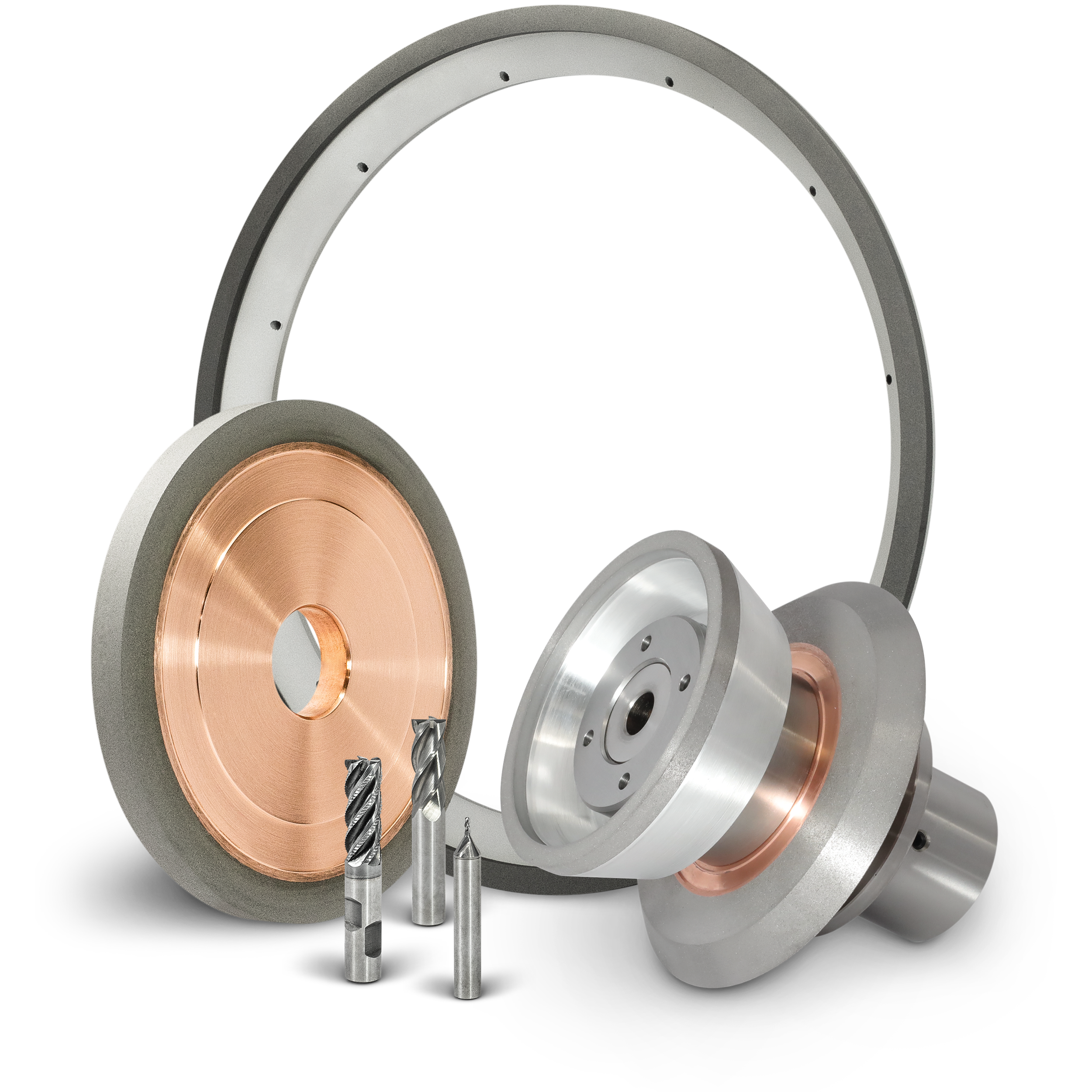Grinding metal is a precise and skilled process that requires the right tools, techniques, and expertise to achieve the desired results. Whether you are a professional metalworker or a DIY enthusiast, knowing how to grind metal effectively can make a significant difference in the quality of your work. If you want to know more about grinding tools for metal, you can explore this site.
The Importance of Precision Grinding
Precision grinding is crucial in metalworking for several reasons. Here are some key points highlighting the importance of precision grinding:
- Ensures accurate dimensions and tight tolerances
- Creates smooth surface finishes
- Improves the overall quality and appearance of the metal workpiece
- Enhances the longevity and durability of the metal components
The Right Grinding Tools
Choosing the right grinding tools is essential for achieving precision in metal grinding. Here are some common grinding tools used in metalworking:
1. Grinding Machine
There are various types of grinding machines available, such as angle grinders, bench grinders, and cylindrical grinders. Selecting the appropriate grinding machine depends on the specific requirements of the metal grinding task.
2. Grinding Wheels
Grinding wheels come in different materials, sizes, and abrasive grits. It is crucial to choose the right grinding wheel based on the type of metal, desired finish, and surface requirements.
3. Grinding Discs
Grinding discs are suitable for grinding, blending, and finishing metal surfaces. They are available in various shapes and sizes, including flat discs, flap discs, and wire discs.
Techniques for Precision Grinding
Applying the correct techniques is essential for achieving precision and accuracy in metal grinding. Here are some techniques to help you master the art of precision grinding:
1. Secure the Workpiece
Properly securing the workpiece is crucial to ensure stability and safety during the grinding process. Use clamps or a vise to secure the metal workpiece firmly in place.
2. Maintain Consistent Pressure
Apply consistent pressure while grinding to achieve uniform results and prevent uneven surfaces. Avoid exerting excessive force, as it can lead to overgrinding or damage to the metal.
3. Use the Correct Grinding Technique
Depending on the metal material and desired finish, you can choose from various grinding techniques, such as surface grinding, cylindrical grinding, and centerless grinding. Select the appropriate technique to achieve the best results.
4. Monitor Grinding Speed and Direction
Adjusting the grinding speed and direction can significantly impact the outcome of the grinding process. Ensure optimal speed and direction for efficient material removal and smooth surface finish.
Tips for Successful Metal Grinding
Here are some additional tips to help you succeed in metal grinding with precision and finesse:
- Regularly inspect and maintain your grinding tools to ensure optimal performance.
- Wear appropriate personal protective equipment, such as safety goggles and gloves, to protect yourself during grinding.
- Practice on scrap metal pieces to hone your grinding skills before working on actual projects.
- Experiment with different grinding techniques and tools to find what works best for your specific metal grinding needs.
- Seek guidance from experienced metalworkers or attend workshops to learn advanced grinding techniques.
Conclusion
Mastering the art of precision grinding requires a combination of the right tools, techniques, and practice. By choosing the appropriate grinding tools, applying the correct techniques, and following the tips for successful metal grinding, you can transform metal with accuracy and finesse. Whether you are shaping metal components for industrial applications or creating intricate designs for artistic purposes, precision grinding plays a vital role in achieving high-quality results.
